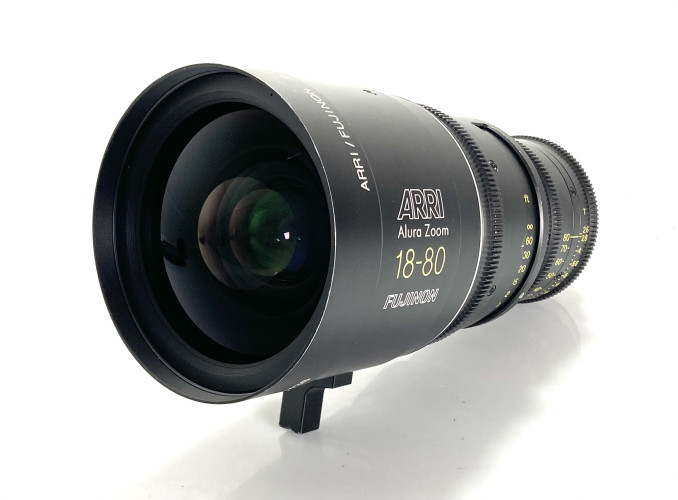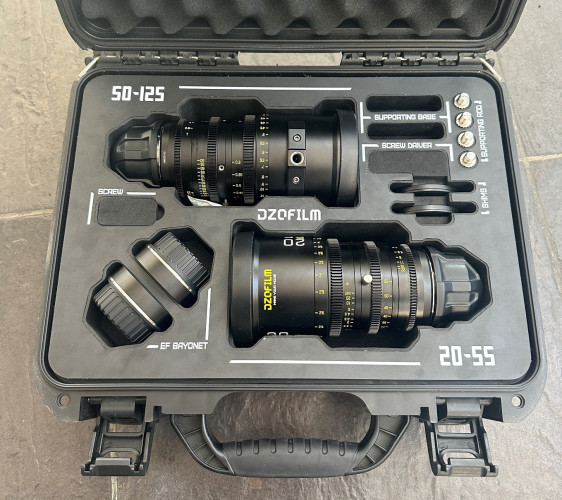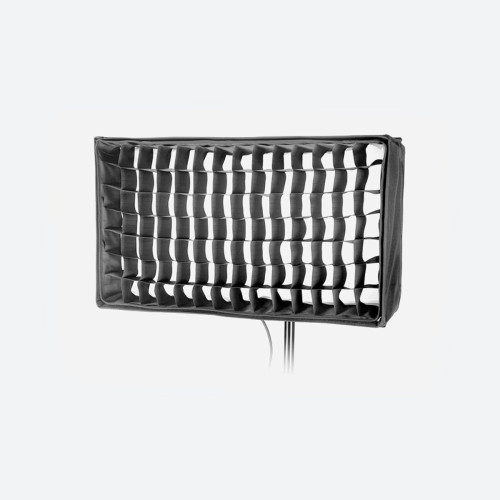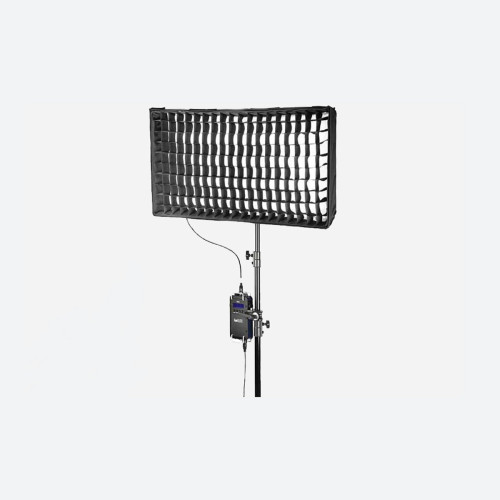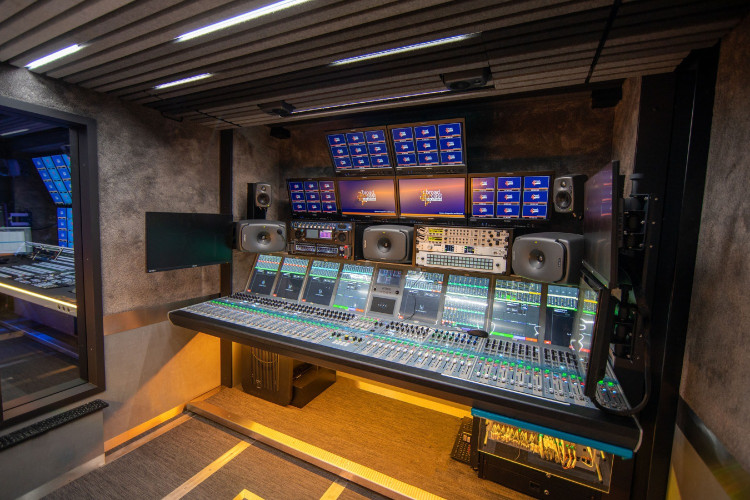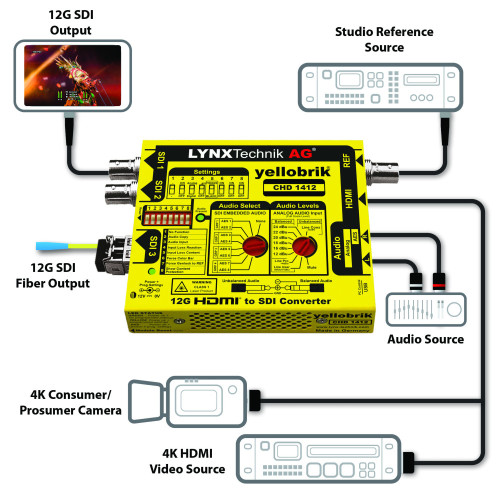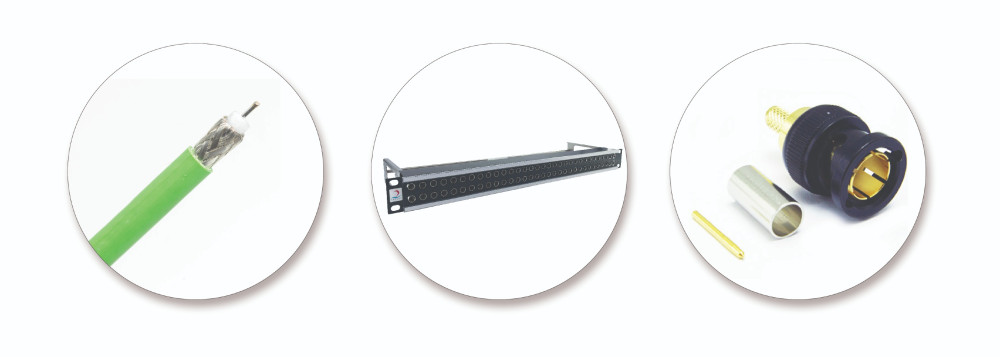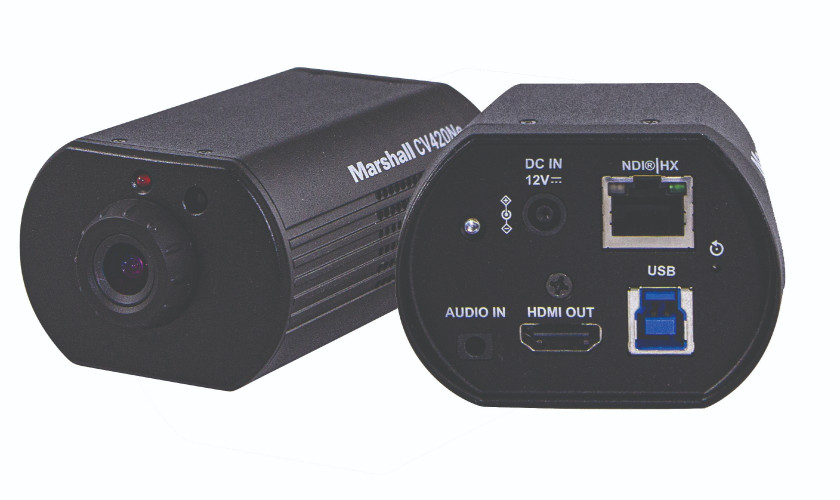with Peter Savage Issue 108 - December 2015
A lack of standards and content is holding back sales of 4k television sets and, until that situation changes, there is very little the consumer electronics business can do about it, writes Peter Savage
Since the late 1960s and early 70s, when we began to ditch our old black and white TV sets in favour of new fangled colour ones, TV viewers have been prepared to upgrade to the latest and greatest displays almost as soon as the price point matched their budget.
To date, the subsequent excuses for waves of conspicuous consumer spending have included 16:9 widescreen, HD, surround sound and smart TVs, to name but a few.
Stereo 3D failed miserably and 2K received only a muted response. 4k, on the other hand, has (thus far) scarcely raised the pulse rate of all but the most diehard TV technophile. Why?
The first 4k TVs were big. Seriously, how many of us in this country can fit an 84-inch flat screen into our living rooms? But that is the size you need if you want to really appreciate the improved picture quality. Oh, and they cost about twenty grand.
There have been numerous publicity campaigns from consumer electronics manufacturers trumpeting the new formats resolution, which is four times that of standard HD, offering a total of 8,000,000 pixels, up from the 2,000,000 pixels of HD. But they often concentrate solely on resolution.
Ultra High Definition (UHD), which can incorporate 4k, can also include higher frame rate (for smoother motion), high dynamic range (HDR) and better colour depth. It could be argued that it is these elements that really make the difference to the viewing experience, not simply more pixels.
But, either way, without any content, were at an impasse.
While some TV shows are shot in 4k, or higher, for artistic or future-proofing reasons, in order to launch actual UHD channels, broadcasters have to spend serious amounts of dough on 4k-capable infrastructure and receivers - to get pictures into our homes and onto our TV sets. They will only do that when they are convinced that their investment is going to last.
Fortunately, there are some nascent 4k services: Netflix and BT Sport Ultra HD for example. They are streamed and you need a seriously fast broadband connection at home (at least 25 Mbps) to receive them. Skys new SkyQ set-top box will be UHD-capable when it launches next year, although content wont be available until later in 2016.
This is a good start but even that might not be enough to justify the purchase of a 4k TV set just yet, especially if you arent convinced that whatever you buy today will be able to display something that is broadcast in the future or even everything that is available in 4k right now. And that is a distinct possibility because there are currently disagreements on what constitutes industry standards.
Without standards, broadcasters are reluctant to invest. Without standards, different services might not work on every TV set. Without standards, consumers dont know what they are buying. Without standards, theres less content. Without content¦ Do you see where I am going with this?
Things might have turned a corner very recently, however. In November the DVB approved the commercial requirements for the next phase of Ultra HD television, one that includes HDR.
The next task is for the DVB Technical Module working group to translate the commercial requirements into a technical specification.
The deputy director, technology and development for European Broadcasting Union (EBU), David Wood said: The expectation is that the specification will be available 12 months after the approval processes are complete thus at the end of 2016. This could allow services with HDR to begin in 2017.
History shows that were prone to making rash purchasing decisions. Neighbourhood bragging rights and keeping up with the Joneses remain powerful motivations. However, most people will only spend the money when theyre confident theyre buying an expensive piece of home entertainment kit thats going to last. And that requires standards.
So, with all this in mind, the big question is: when to buy?
Prices are definitely dropping, albeit slowly, and you can now pick up a 4k TV for under £1,000. And, slowly but surely, UHD services are becoming available.
But while theres no universal agreement on what these displays and services should look like, my advice is to wait until we get the thumbs up from the Mr Wood at the EBU.
Peter Savage is the chief executive of Azule Finance




